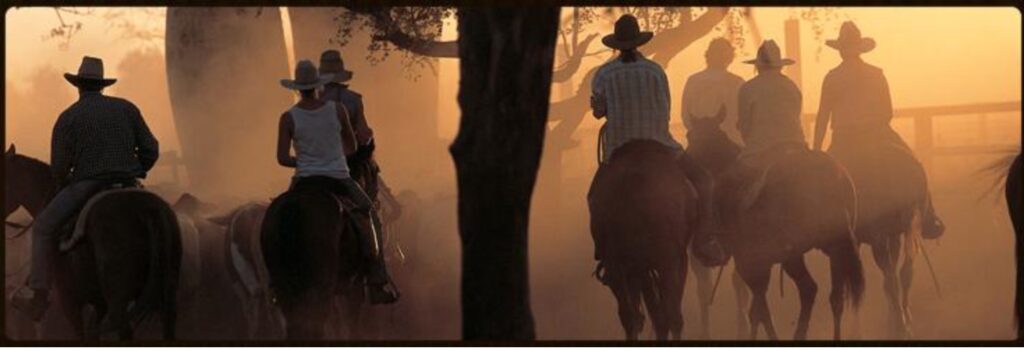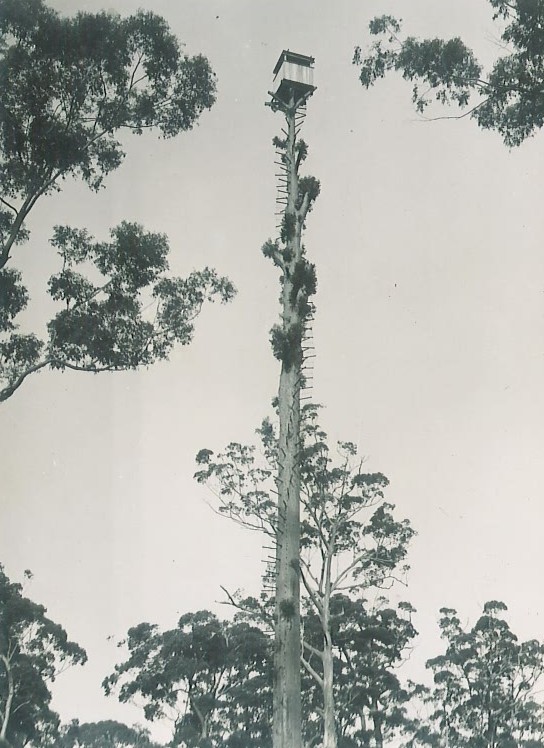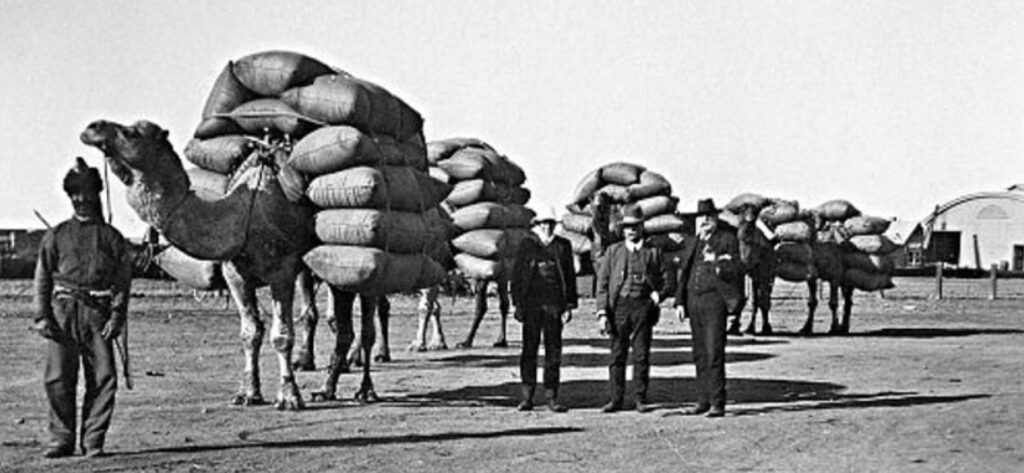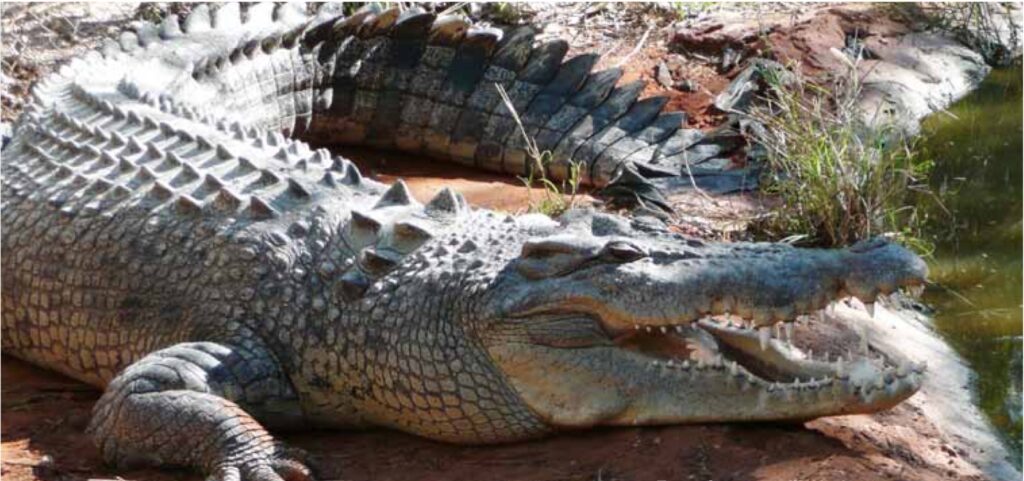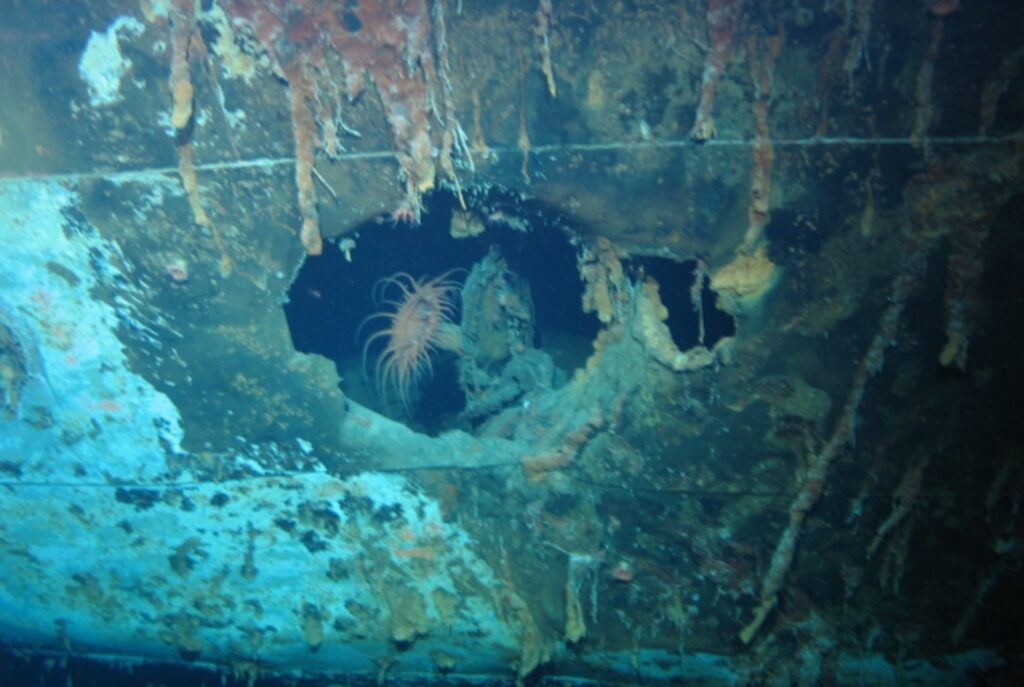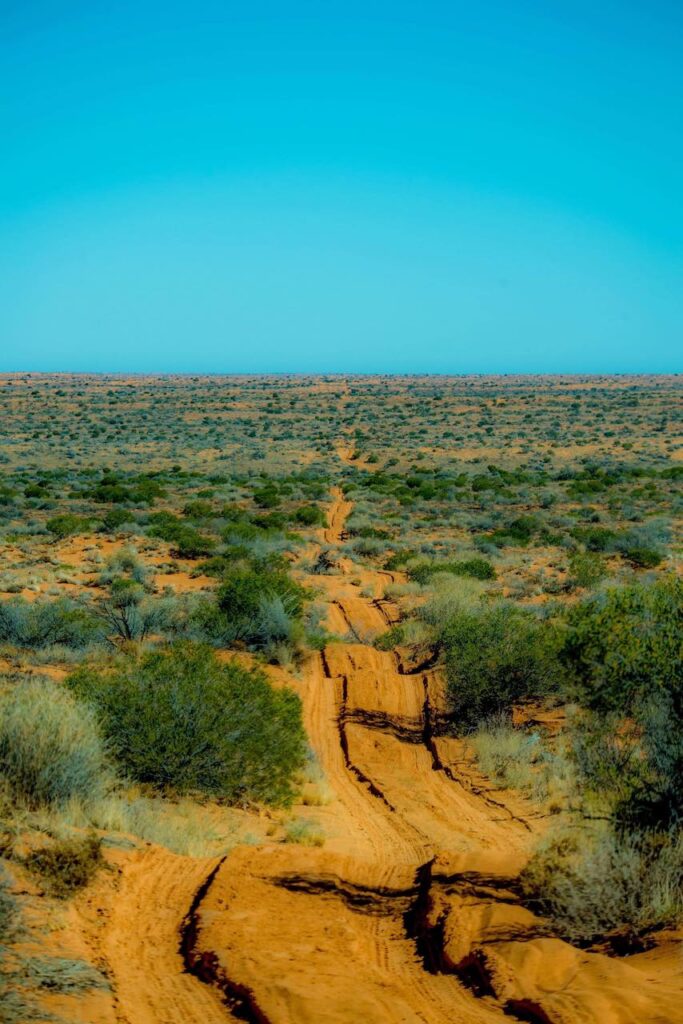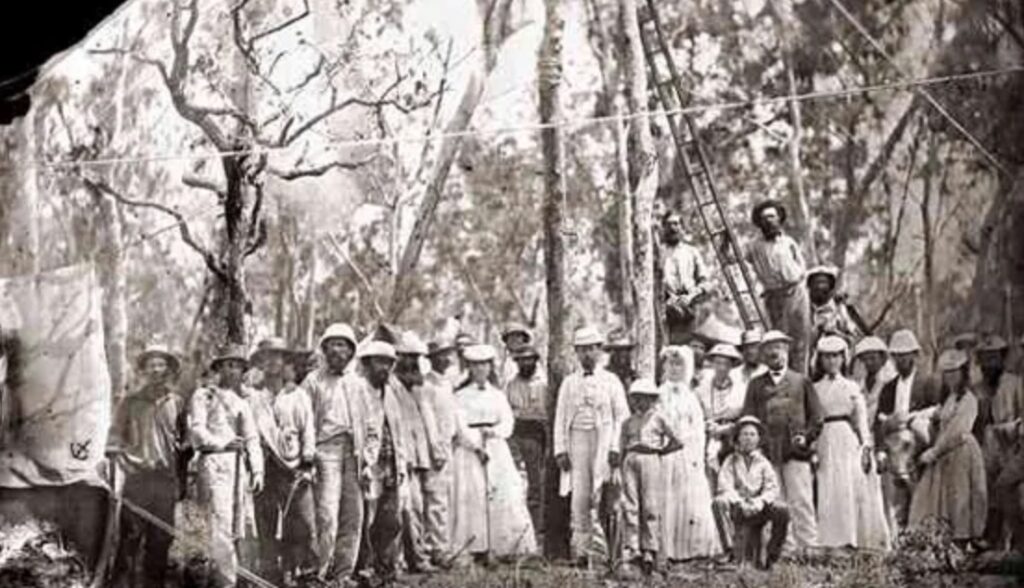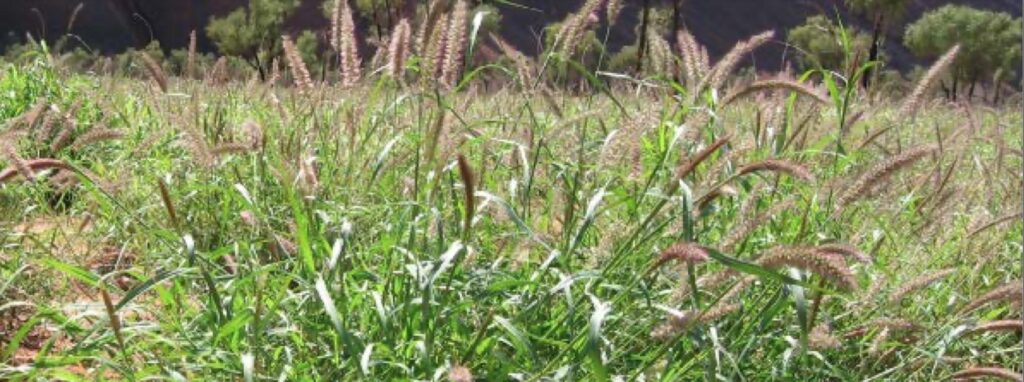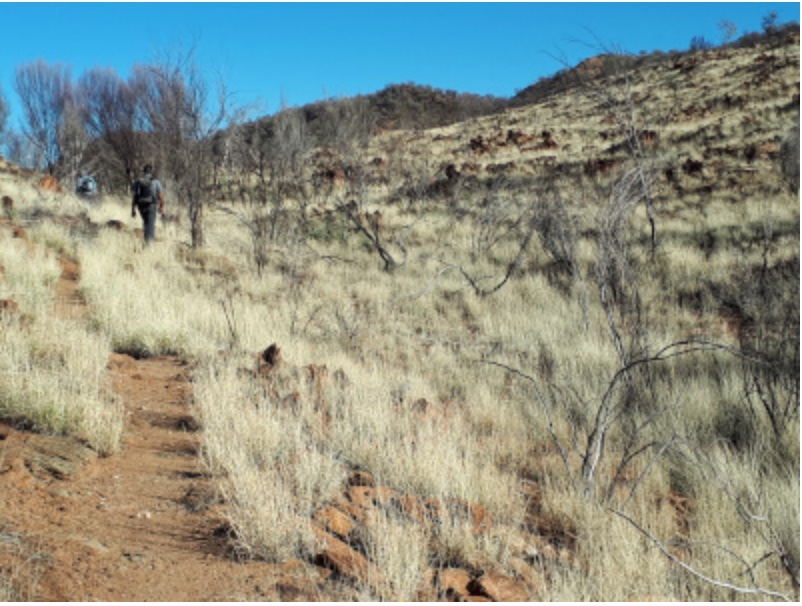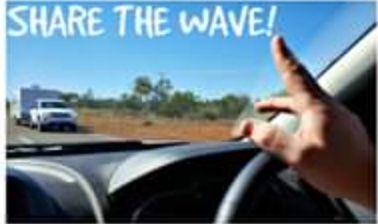Cattle kings – the rise and fall of pastoralism in the East Kimberley region
“The East Kimberley is the land of blacks, Sacks [another prolific local clan thought to be Irish] and bloody Duracks“. Anon
“If one were to paint this country in its true colours, I doubt it would be believed. It would be said at least that the artist exaggerated greatly, for never have I seen such richness and variety of hue as in these ranges and in the vivid flowers of this northern spring.”… Read more
Cattle kings – the rise and fall of pastoralism in the East Kimberley region Read More »
